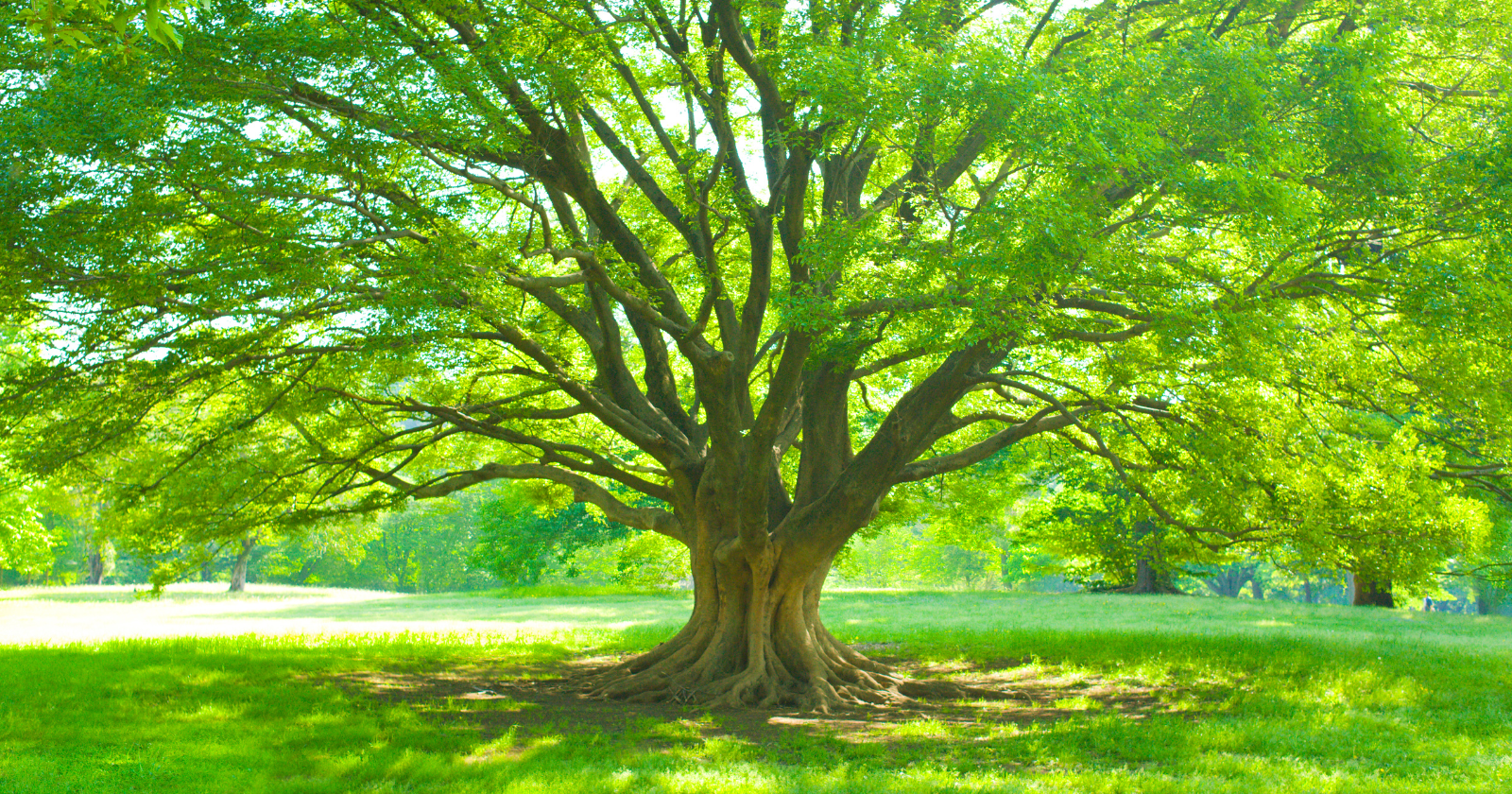Let’s embark on an exciting journey to discover the Best Trees For Oxygen! Did you know that trees are responsible for producing most of the oxygen we breathe each day? That’s right! From Oak to Redwood, some trees produce more oxygen than others while absorbing carbon dioxide. In exploring these Best Trees For Oxygen, we will not only appreciate nature more but also take steps towards becoming cleaner air breathers. Let’s get started—what tree makes for the Best Trees For Oxygen?
What Are The Best Trees For Oxygen?
Trees play a pivotal role in our environment, not only beautifying our landscapes but also acting as the planet’s lungs by absorbing carbon dioxide and releasing life-sustaining oxygen. While all trees contribute to this essential process, some are especially proficient at producing oxygen. In this article, we’ve highlighted a selection of these remarkable trees. Read on to discover which trees are the best for oxygen production and learn more about their unique characteristics and benefits.
Maple Tree
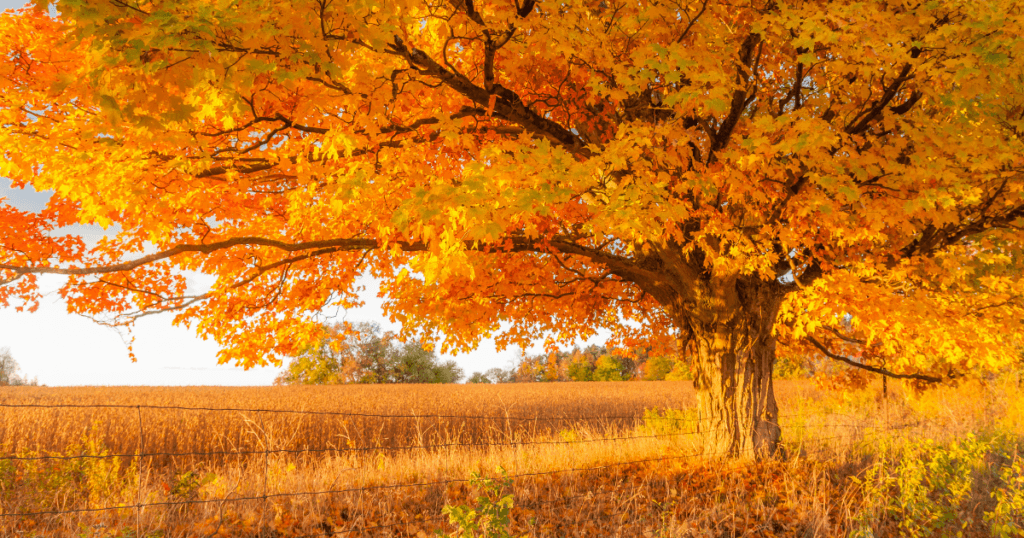
Maple trees are among the top contenders for the best trees for oxygen production. They are easy to maintain, disease-resistant, and produce a steady supply of oxygen. These majestic trees don’t require much space or water, and they grow quickly, making them ideal for people who lack a lot of space in their yards but still want a tree that can provide extra oxygen to the environment.
Maple trees are easily spotted throughout the year thanks to their changeable foliage color – in summer, they are deep green, while in spring, they turn into the most beautiful shades of orange and red. Best of all, maple trees don’t just offer us their extraordinary good looks; they also contribute to a healthier environment!
London Plane Tree

The London plane tree, often lining the streets of many urban environments, is more than just an ornamental addition to the cityscape. This resilient tree is known for its ability to thrive in polluted conditions, making it a popular choice for urban planting. Its large, lobed leaves are adept at trapping and absorbing pollutants, effectively acting as natural air purifiers.
As the tree undergoes photosynthesis, it not only produces oxygen but also helps in reducing the urban heat island effect. The distinctive, mottled bark of the London plane tree peels away in patches, which is believed to aid in shedding pollutants from its surface. This self-cleaning mechanism, combined with its robust nature, makes the London plane tree a vital green warrior in the battle against urban pollution, ensuring cleaner air and a touch of nature amidst the concrete jungle.
Oak Tree
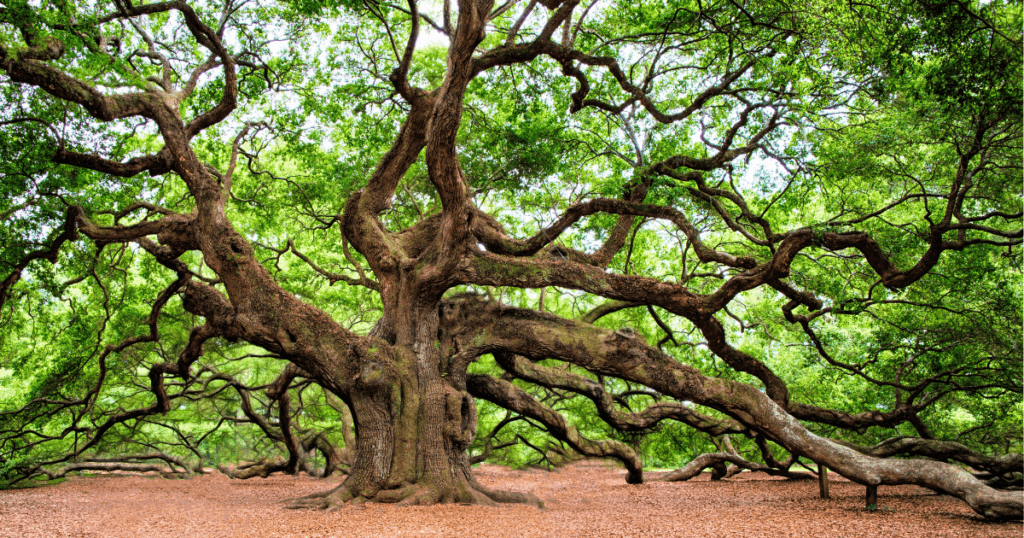
Oak trees, with their majestic stature and expansive canopy, are not only a symbol of strength and endurance but also significant contributors to oxygen production. Their broad leaves have a large surface area, facilitating efficient photosynthesis, the process by which trees convert carbon dioxide into oxygen. Additionally, oak trees have deep root systems that help them draw in more water and nutrients, further enhancing their photosynthetic capacity. Beyond their oxygen-generating abilities, oaks support a diverse ecosystem, providing habitat and sustenance to numerous wildlife species. Their longevity ensures that they continue to purify the air for many decades, making them a valuable asset in our quest for cleaner, more breathable air.
Beech Tree
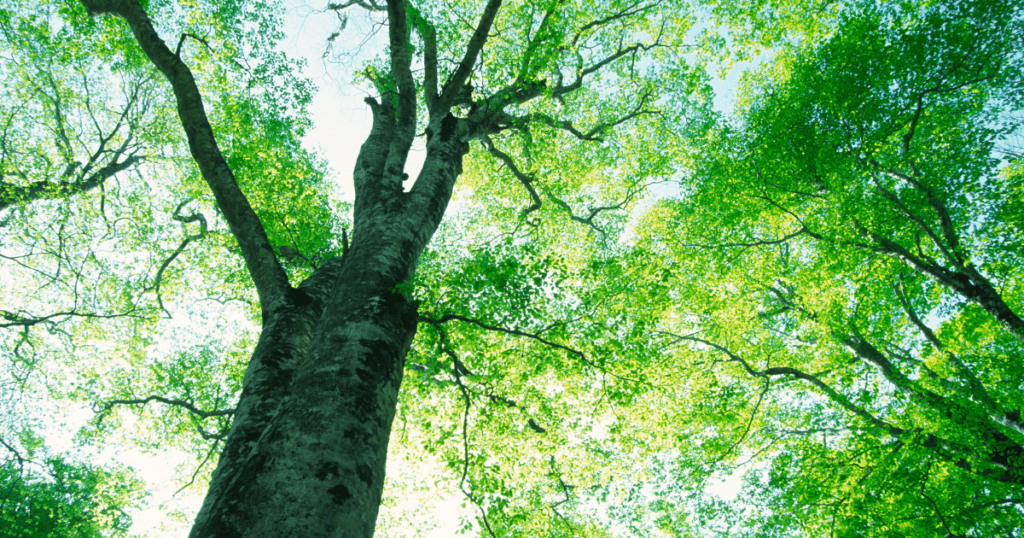
Beech trees are some of the best trees for oxygen production in nature. These stately trees can reach heights greater than 100 feet, and their full, deciduous leaves turn a gorgeous shade of vibrant yellow in autumn. Best of all, they clean the air. The foliage of beech trees produces a large amount of oxygen, more so than other commonly found hardwood species.
Best Trees For Oxygen? Best: Beech! The simple yet magnificent beauty of these majestic giants makes them easy and delightful to have around. They offer us a much-needed respite from our stressful city lives – a gentle reminder to enjoy the outdoors and breathe deeply, knowing that we are surrounded by green lungs that are working hard for us!
True Fir Tree
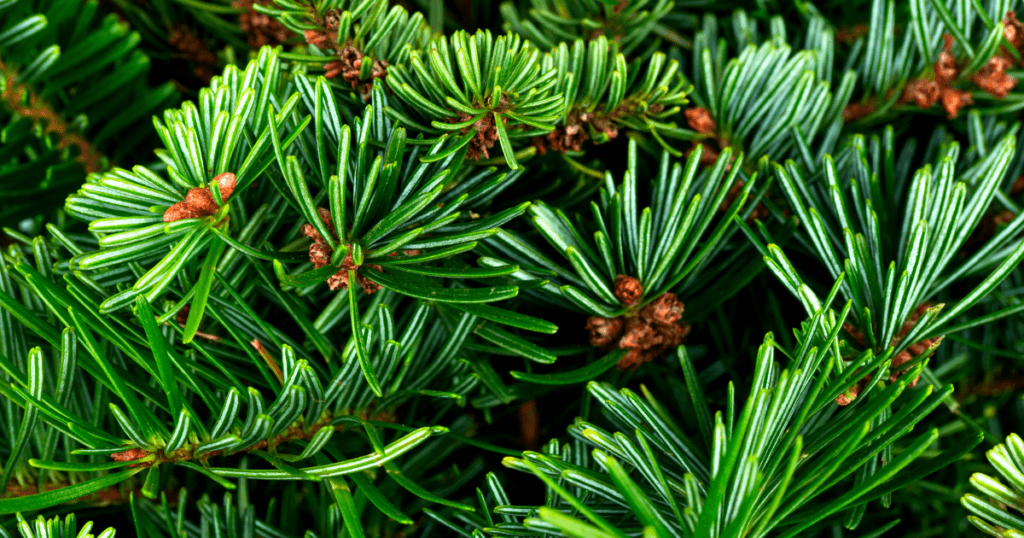
True Fir Trees are my favorite trees when it comes to Best Trees For Oxygen. They provide an impressive volume of oxygen, making them a great choice for clean air in the home or office. Furthermore, these trees tend to be more tolerant of pollution and drought than other species, so they can thrive even in less ideal environments.
Best of all, few pests or disease issues threaten True Fir Trees, so you can enjoy healthy growth without the use of harsh chemicals or special treatments often used with traditional trees. With their superior ability to produce oxygen and resistance to common problems, True Fir Trees truly stand out as one of the Best Trees For Oxygen!
Spruce Tree
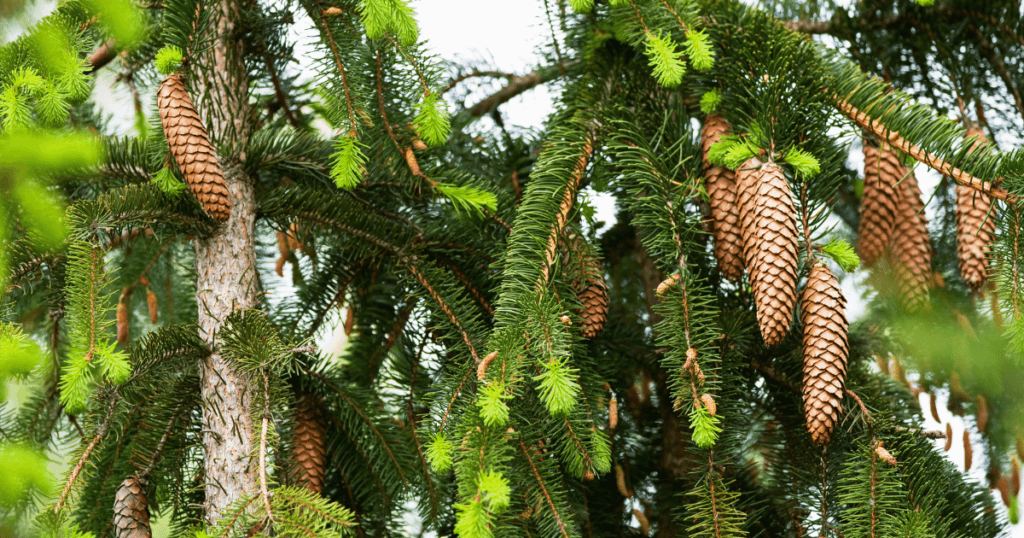
There is no shortage of oxygen in our atmosphere thanks to trees like the spruce tree. Not only are they beautiful, but they are also among the best trees for providing us with clean, breathable air.
Spruce trees can be found naturally throughout many parts of the world and have a tall, slim profile that makes them perfect for larger yards and parks. Apart from their appearance, they have an incredible capacity to convert CO2 into pure Oxygen – even more so than other conifers such as fir and pine. Thanks to these hardworking trees, we can all enjoy every breath of fresh air!
Douglas-Fir Trees
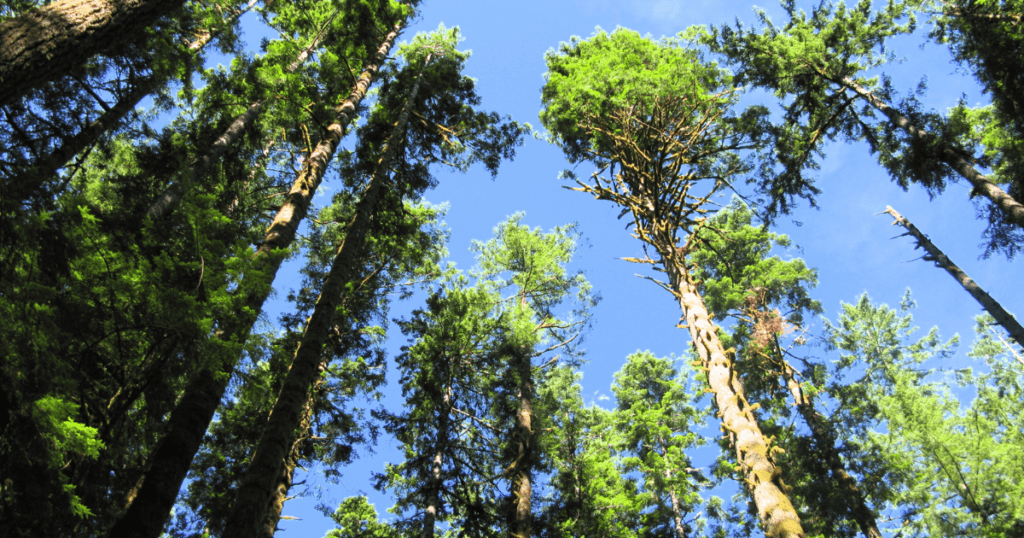
When it comes to producing oxygen, Douglas-Fir trees are among the absolute best; large and unique in their growth patterns, these wonderful conifers are also incredibly easy to identify. Not only do Douglas-Firs require minimal maintenance once planted, but they can also act as modest shade trees in gardens and woods alike.
Best of all, they produce almost double the amount of oxygen in comparison to a regular deciduous tree! So if you’re looking for ways to contribute more ‘life’ into the world around you – start small with Douglas-Fir trees: they’ll bring plenty of oxygen and joy!
How Do Trees Produce Oxygen?
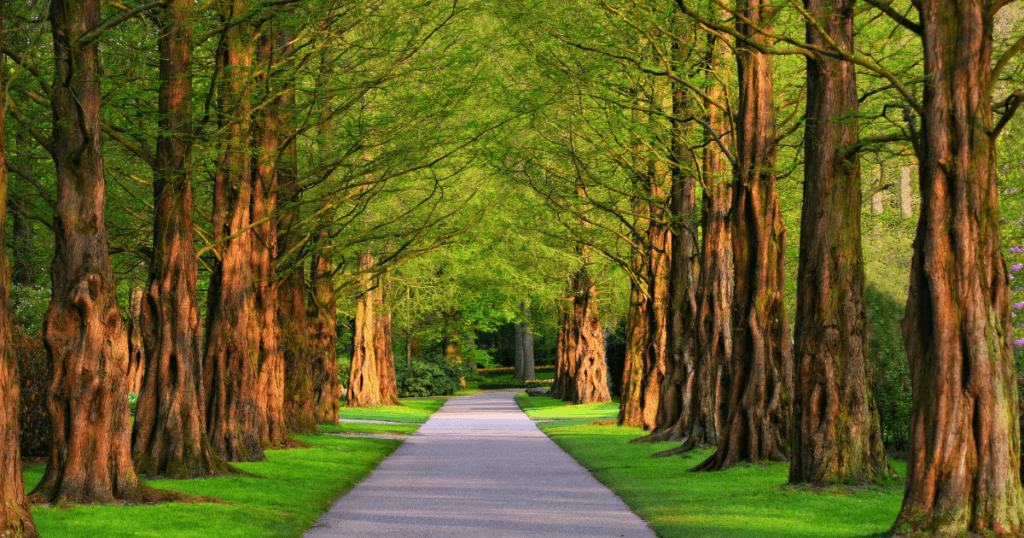
Trees are some of the most incredible creatures in nature. Not only do they give us shade when we need it, but they also clean the air we breathe. Trees—especially certain species—are the best trees for oxygen production. How do they do it? Through a process called photosynthesis, trees absorb carbon dioxide and convert it into oxygen and other organic compounds that are essential to life on Earth.
The best part is that this process happens all day, every day, without fail – these mighty heroes are truly giving little miracles every single day! In addition to providing us with clean air, trees also help with climate change by removing more carbon dioxide from our atmosphere than they release. The world would be a much different place without them, and I’m grateful they’re here!
A Tree’s Leaves Are Necessary For Photosynthesis
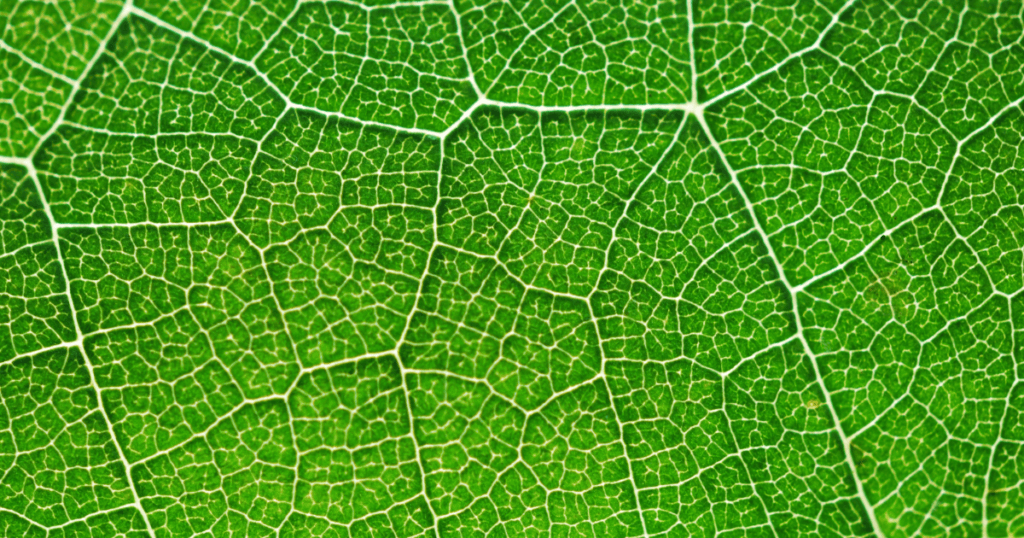
Trees are a critical part of Earth’s ecosystem due to their ability to produce oxygen through an incredible process called photosynthesis. When a tree’s leaves absorb the sun’s energy, water, and carbon dioxide from the air, they can produce essential oxygen, which keeps us alive. Not all trees are created equal, though; some trees are particularly good at creating oxygen because of their special characteristics.
The Best Trees For Oxygen are those with large leaves that can more easily capture sunlight and wide-reaching branches that help increase their exposure to the elements needed for photosynthesis. These special trees should be cherished and even planted more frequently so that we can experience the great life-giving benefits they provide!
Traits And Conditions That Make Trees Produce More O2
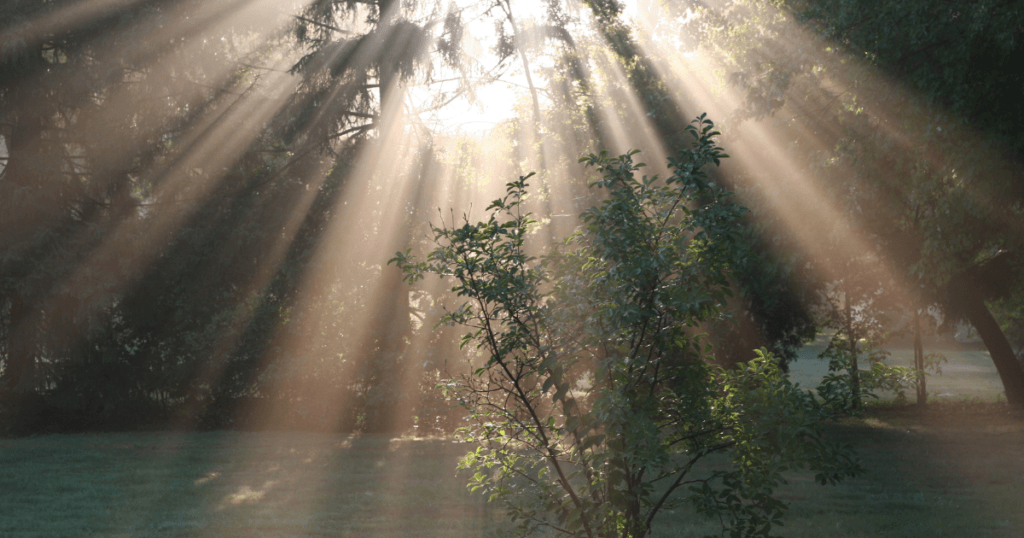
Trees are vital to the planet’s oxygen-producing capabilities, and some varieties are even more helpful in that regard than others. These are known as the Best Trees For Oxygen, and they produce significantly more O2 than other species. The size of the tree is an important indicator that it might be one of these high-performing oxygen makers; larger trees generally release more oxygen into the environment due to needing more carbon dioxide for photosynthesis.
Additionally, certain climates and geographies can give Best Trees For Oxygen a distinct advantage. This includes humid climates with low temperatures as well as areas where rain or flooding is frequent – even cooler geographies at higher elevations could provide the conditions for maximum production. Whoever said trees couldn’t be stars?
How Do Trees Help The Environment?
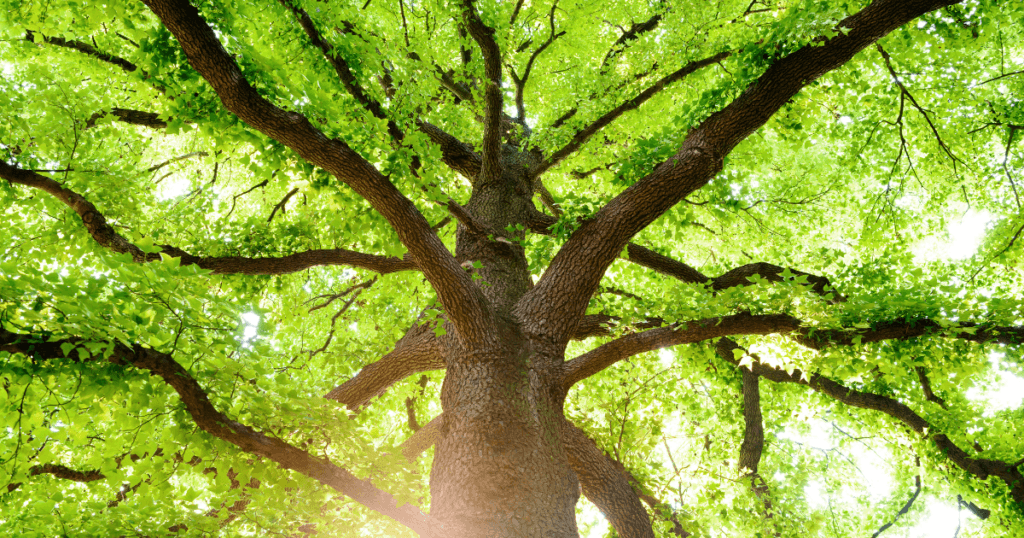
Trees are vital in our fight against climate change as they are one of the few natural sources of oxygen. In fact, some trees have been dubbed the “best trees for oxygen” because they have evolved to remove more CO2 from the atmosphere than other plants or trees.
Considering how important oxygen is for life on this planet, these trees play an essential role in helping us keep the environment healthy and clean. From filtering air pollution to aiding in flood prevention, there isn’t much that these powerful carbon-capturing trees can’t do. Best of all, planting these trees for oxygen is a simple yet effective way to help mitigate climate change.
Trees Reduce Harmful Effects Of Climate Change

As the public increasingly becomes aware of the hazardous effects of climate change, more and more people are looking for ways to reverse the damage already done. One of the most promising methods has been utilizing trees – specifically, the best trees for oxygen production – to reduce our carbon footprint as well as promote healthier air quality.
Through a process called photosynthesis, these trees breathe in carbon dioxide and release oxygen into the atmosphere, which helps to clean our air from pollutants and excessive CO2, resulting in breathable air. In addition, they can help reduce global warming due to their ability to absorb harmful radiation—a result of their naturally occurring pigments known as chlorophyll.
Best of all, these trees are beneficial to human health, and they add beauty to landscapes while providing habitat for wildlife and recreational opportunities. Selecting the best trees for oxygen production is a great way to improve our environment while creating long-term sustainability.
Trees Detoxify The Environment
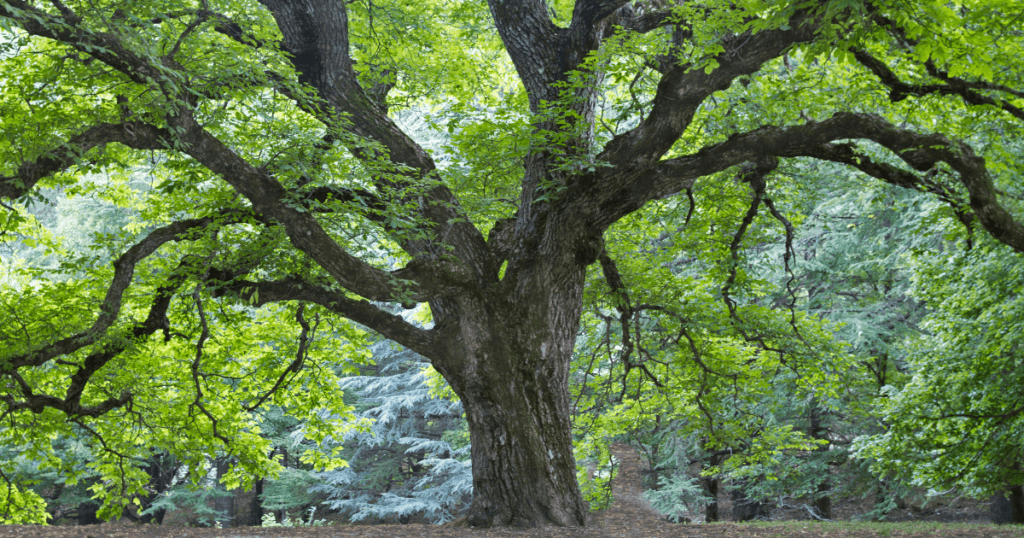
The Best Trees For Oxygen have the amazing capability to detoxify our environment – what an incredible gift! Evergreens are the best in this category, and their benefits are countless. These trees absorb air pollutants and create clean air, soil, and water by absorbing carbon dioxide, sulfur dioxide, and other dangerous gases created by man-made production.
Additionally, they increase biological diversity, store carbon (which helps keep temperatures normal), reduce runoff from rainwater and snow melt, decrease soil erosion, and more! The Best Trees For Oxygen help make the world a better place to live and create many opportunities for us to enjoy nature!
Trees Balance Atmospheric Temperatures
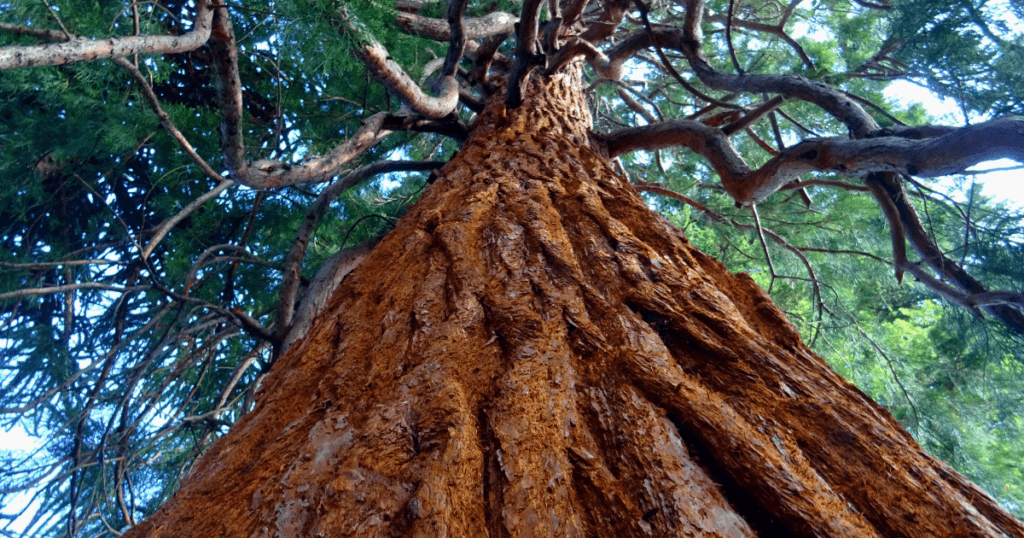
Trees are among our planet’s most valuable natural resources for many reasons, one of which is their important role in balancing atmospheric temperatures. Trees play an essential role in the global carbon cycle by absorbing carbon dioxide from the atmosphere to produce oxygen, creating a healthier and more balanced environment for all.
Not all trees are equal when it comes to producing oxygen, though – some trees create more oxygen than others. The Best Trees For Oxygen include species such as banyan, bamboo, cypress, magnolia, poplar, and willow. Scientists believe that planting these trees is a great way to improve the environment and bring balance back to the atmosphere!
It’s Time To Plant Some Trees!
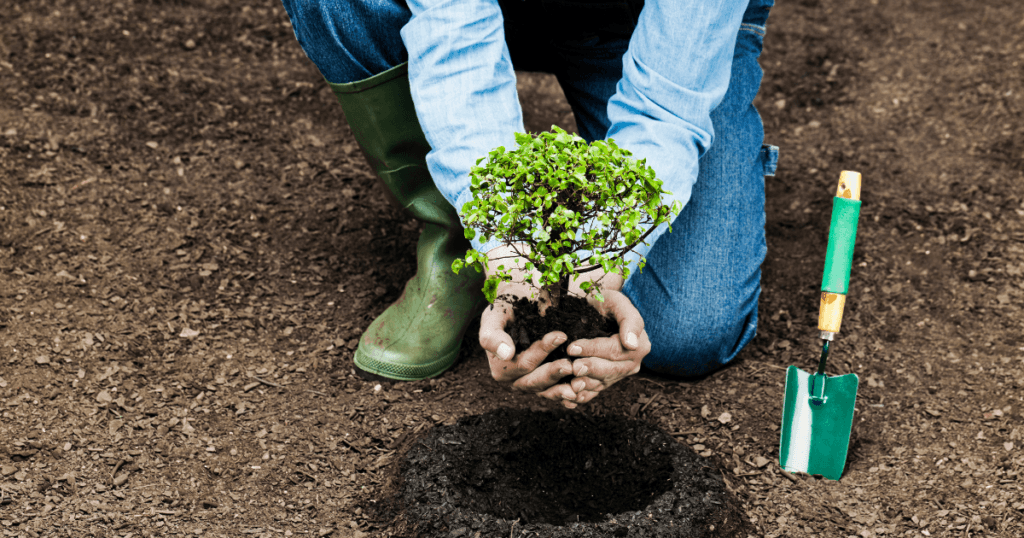
Planting trees is an essential part of improving the environment and our atmosphere. The Best Trees For Oxygen are the best trees to add to both urban and rural landscapes. They contribute to the sustainability of clean air, benefiting us all. What’s more, planting the Best Trees For Oxygen will not cost much money or take up a large amount of time.
Investing in Best Trees for Oxygen is an incredibly simple yet powerful act. At this point, it’s more important than ever that we start making smarter decisions when it comes to global warming and taking action! It’s time – let’s all begin planting the Best Trees For Oxygen today!
What About Trees?

Trees provide us with an incredible wealth of benefits
It’s not just their beauty we should be grateful for! Forests help regulate the climate and are essential in providing us with oxygen to breathe. They also serve to preserve fresh water by slowing down runoff from rain and snow, keeping it in the soil and ground vegetation.
This helps maintain healthier rivers and streams, which can supply communities with clean drinking water – a huge benefit for human health. Trees not only reduce the amount of carbon dioxide in our atmosphere but also provide habitats for wildlife, improve air quality, and generate jobs in forestry-related fields. So next time you take a walk surrounded by nature, remember to appreciate all the things trees do for us! Thanks for visiting!
How does oxygen affect trees?
Trees have an amazing ability to take in carbon dioxide and produce the very thing that we need to survive – oxygen! In order for them to do this, they undergo a special process called respiration. Through it, trees can break down stored starches from photosynthesis into usable energy; without oxygen as part of this cycle, their food could not be converted properly. It’s truly incredible how nature provides sustenance even in its own unique way!
Why is it important to consider oxygen production when choosing trees for planting?
Oxygen is essential for the survival of most living organisms, including humans. Trees play a crucial role in maintaining the balance of oxygen and carbon dioxide in the atmosphere. By choosing trees that are efficient oxygen producers, we can contribute to a healthier environment, combat air pollution, and mitigate the effects of climate change.
More Oxygen Articles Here
- How To Make Oxygen Absorbers For Food Storage
- How To Increase Oxygen In Brain
- Best Indoor Plant For Oxygen
